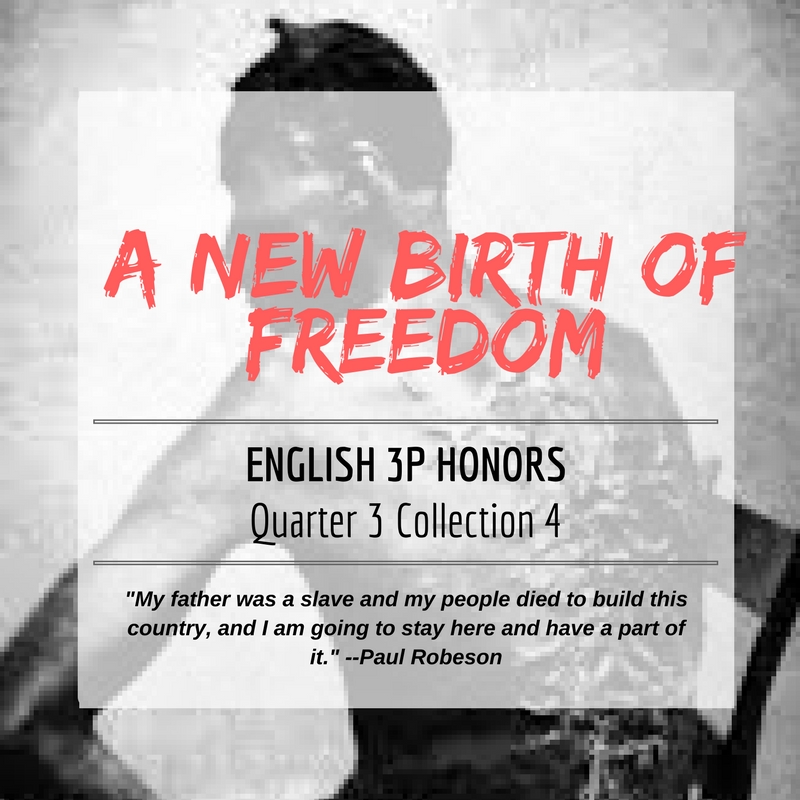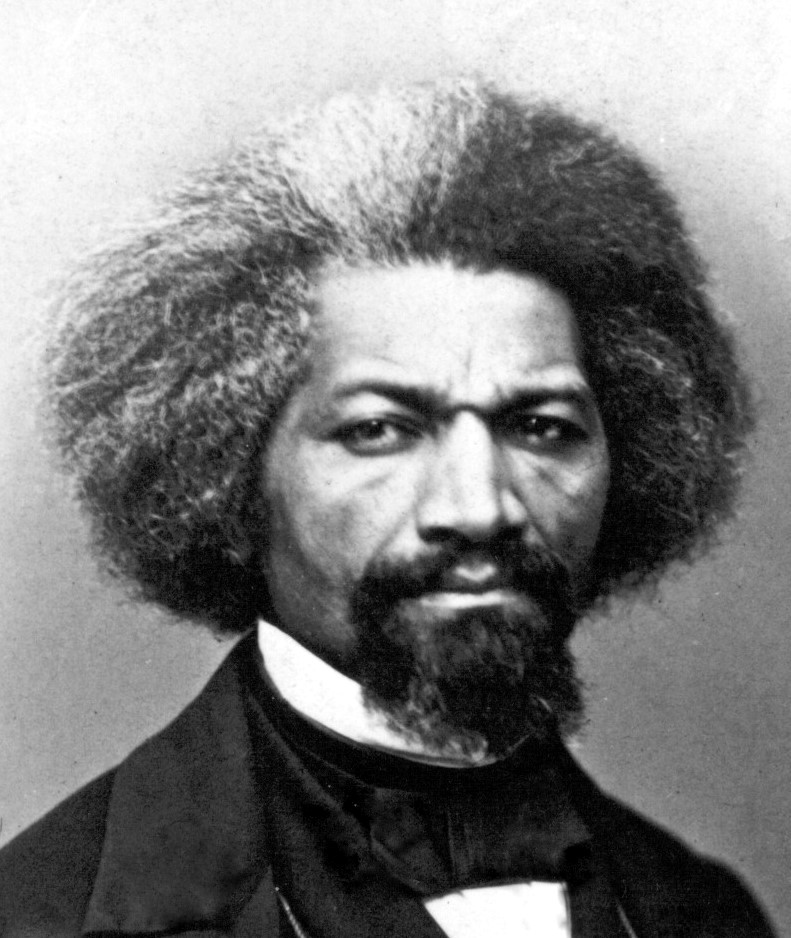In liquid form, it is instantly absorbed by the body. https://treat-ed-online.com/cialis-super-active-gel-capsules-for-potency-20-mg/. Therefore, it is not necessary to wait long for an erection.
Unit Goal:
After reading and discussing historical texts focused on the work of bringing freedom and justice to all members of society, students will synthesize their ideas by preparing a persuasive speech about a kind of freedom they would like to see expanded in today’s world.
Essential Question:
How do 19th Century American authors’ explore and expand ideas of freedom?
Literary Terms:
Purpose, Diction, Tone, Central Claim, rhetoric, rhetorical features, rhetorical devices, syntax, parallelism, premise, ethos, pathos, logos, counterclaim/counterargument,
Academic Terms:
TOOLS: Vocabulary Bank, Tone Words
Objective I: Identify HISTORICAL CONTEXT that inspired ideas about FREEDOM in 19th Century Political Speeches.
I. Pre-reading:
a. Robeson Collection Quote Analysis
b. “Civil War and Reconstruction” p. 277
c. Gallery Walk: Views of Freedom: Gallery Walk
Objective 3: After reading speeches by Abraham Lincoln and Frederick Douglass, students will be able to summarize views of FREEDOM depicted by both authors.
 I. Pre-reading: Tea Party Discussion
I. Pre-reading: Tea Party Discussion
 II. Reading:
II. Reading:
- “Second Inaugural Address” by Abraham Lincoln
- “What to the Slave is the Fourth of July” by Frederick Douglass
- “Frederick Douglass” & Runagate Runagate by Robert Hayden
III. Post-Reading: SOAPS, Hayden Quick Analysis, Comparative Summary
Objective 4: Evaluate point of view and perspective of by writing Dialogue Poems.
I. Pre-Writing: “The 54th Massachusetts” Dialogue Poems Description & Examples
II. Writing: Dialogue Poems
III. Post-Reading: Socratic Seminar Evaluation Guide